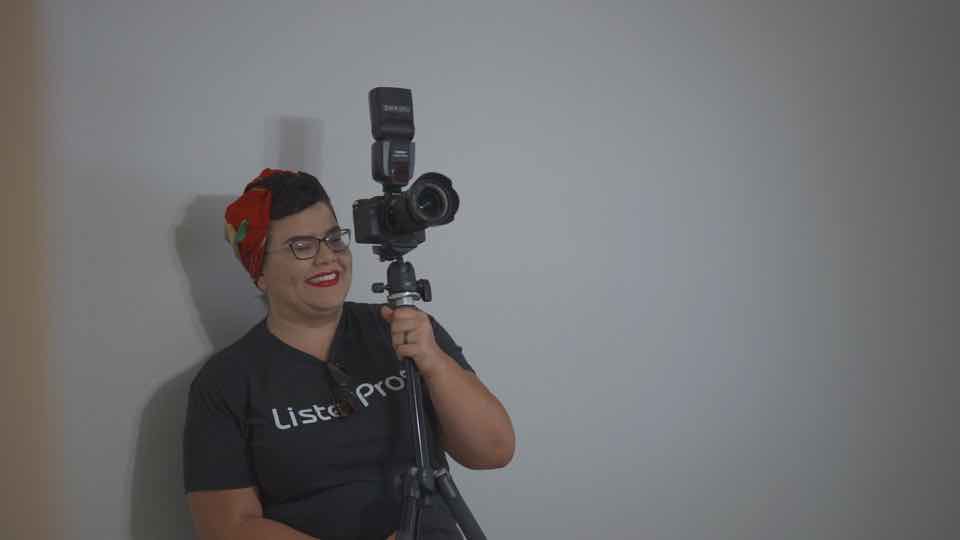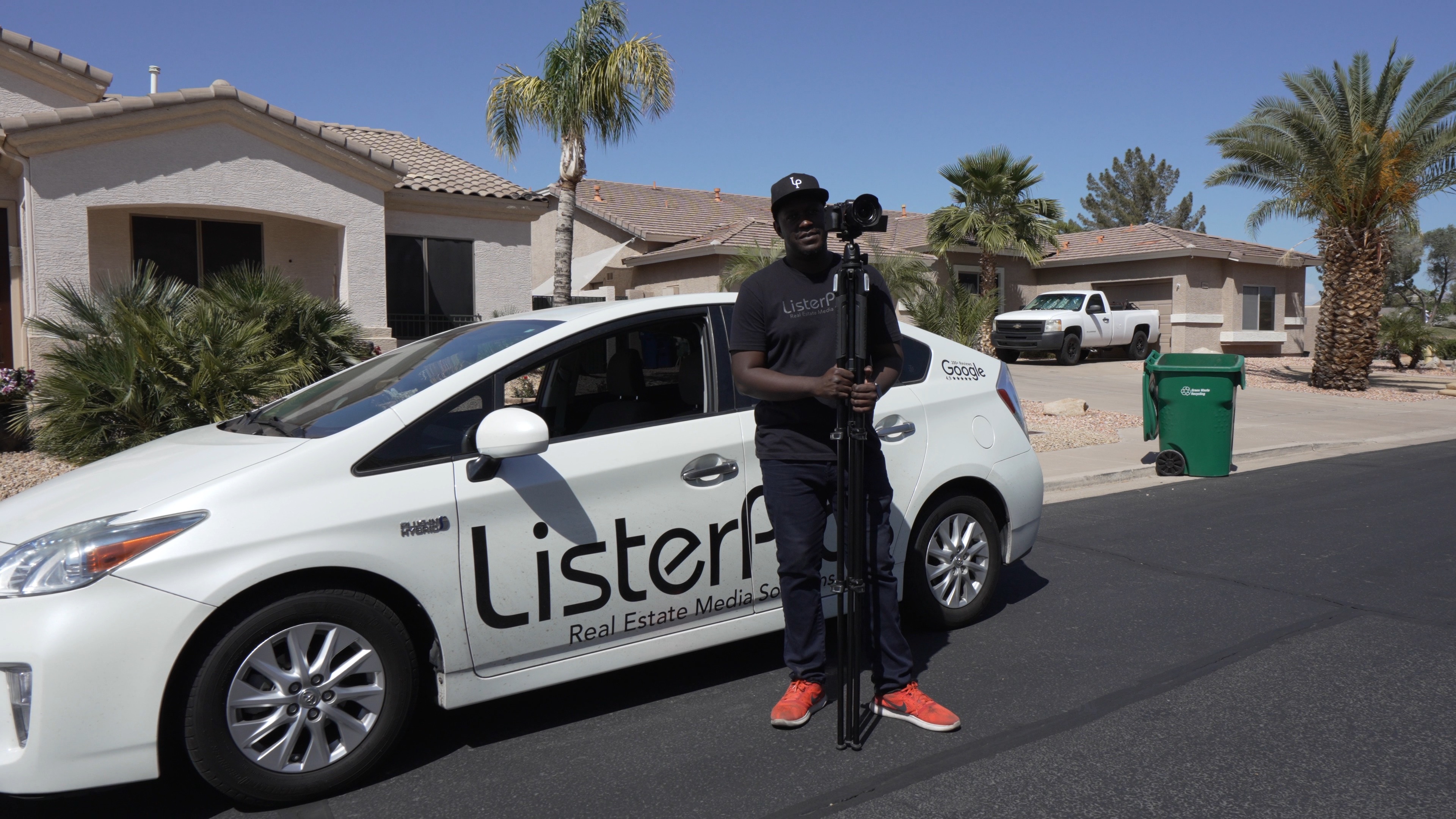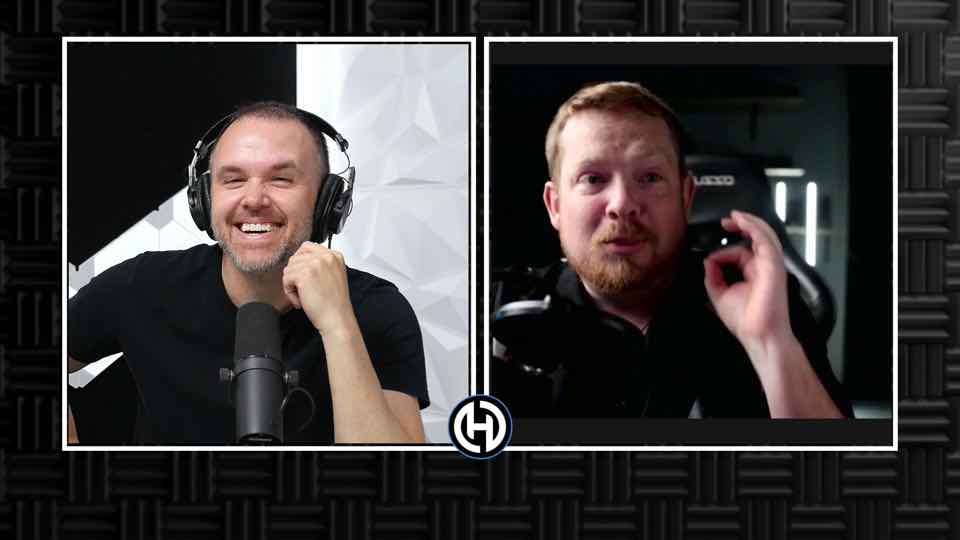Photography Basics: Understanding Aperture, ISO, and Shutter Speed for Real Estate
Are you a beginner in the world of photography? Do you want to learn more about the three main camera settings that every photographer needs to understand? If so, you're in the right place! In this post, we'll go over the basics of aperture, ISO, and shutter speed, and how they can affect your photos.
Let's start with ISO. ISO is the sensitivity of your camera's sensor to light. It's one of the ways to brighten or darken your images. However, ISO can also affect the overall quality of your photos. Have you ever taken a photo with your phone at night or in a dark room and noticed that the image looked very grainy or low quality? When your camera took that picture, it noticed that there wasn't a lot of light available, so it needed to compensate to produce an image that you could actually see. The camera does this by raising the ISO.
The downside is that the higher the ISO setting is, the more grainy or noisy your image might be. A cheaper camera may only be able to go up to 800 or 1600 ISO before becoming grainy, while a more expensive camera can go up to 10,000 or even 25,000 ISO and still produce a usable image.
To give you an example, we took three photos with different cameras at the same ISO setting in a low light setting. We used a Sony A7 III as our high-end camera, a Canon 70D as our beginner camera, and an iPhone 12 Pro. Can you guess which camera took which photo? The results may surprise you!
As you can see, the more expensive the camera, the less noise and better quality it produces. However, this doesn't mean you need to go out and buy the most expensive camera. As a real estate photographer, most of your shots will be during the daytime or around sunset, so you won't have to worry about using super high ISO settings very often.
Next up is aperture. Aperture refers to the size of the opening of your lens. When adjusting aperture, the blades in the lens opening close to let more or less light in. Typically, these are written in f-stops. The higher the f-stop, the more closed the aperture blades are, and the less light coming in. The lower the f-stop, the more open the aperture blades are, and more light comes into the camera, hitting your sensor.
A low f-stop means more depth of field, which blurs the background of a picture. A high f-stop means less depth of field, and more of the image is in focus. For real estate photography, we keep our aperture setting by default at f/8 to avoid any depth of field issues. If there is a mountain view in the distance, you may want to bump up your f-stop so more of the image is in focus.
Finally, let's talk about shutter speed. The shutter speed is the amount of time, measured in seconds, that your camera shutter is open. With shutter speed, you'll see a number of 1/50, 1/100, 1/250, up to 1/8000 or beyond, depending on your camera. It is also possible to slow your shutter speed down to 1/5, 1/10, or even 30 seconds. The slower the shutter speed, the more motion blur and flowy look in images. The faster the shutter speed, the less motion blur for moving objects like cars, sports, and people running.
Once you understand these three concepts and how your camera uses them, you'll be able to take some excellent real estate photos. In addition to being able to troubleshoot any issues that may arise.
.jpg?width=50&name=242700170_10225035040690466_6890663067681674799_n%20(1).jpg) By
By


